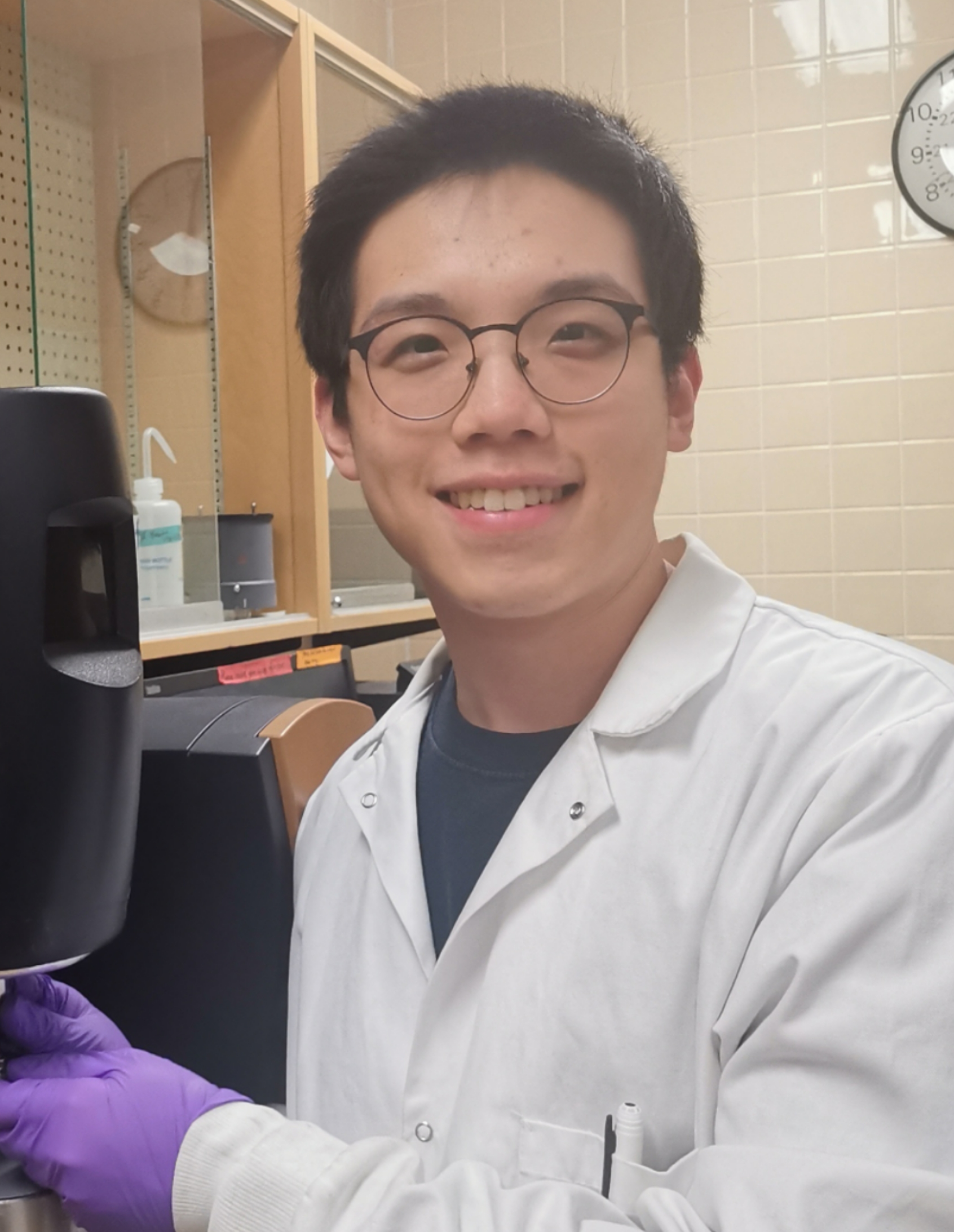2025 AOCS Annual Meeting & Expo.
Protein and Co-Products
High-Resolution 3D Printing Enabled by Novel Granular Hydrogel Inks from Uniform, Size-Controllable Protein Microgels

Yifu Chu (he/him/his)
PhD candidate
University of Alberta
Edmonton, Alberta, Canada- LC
Lingyun Chen, PhD
Professor
University of Alberta
Edmonton, Alberta, Canada
Presenting Author(s)
Co-Author(s)
3D printing of soft matter is an emerging technology that enables the additive manufacturing of soft materials with tunable functionalities. In food science, it allows for the customization of shape, flavor, texture, and nutrition to meet individual needs. However, several challenges remain, such as low print resolution and the instability of printed shapes with current food materials. Moreover, many food inks depend on high fat or sugar content to achieve the required rheological properties for printing, restricting the development of healthier, more nutritious options.
Granular hydrogels, composed of jammed hydrogel microparticles (microgels), offer great potential as 3D-printable inks due to their excellent extrudability and self-healing properties. However, traditional microgels (~100 μm) obtained by microfluidic or top-down approaches limit print resolution, as larger nozzle sizes are needed to prevent filament curling. To overcome this, we developed a novel class of uniform, size-controllable whey protein microgels (1 to 20 μm), through a protein-polysaccharide phase separation strategy. This surfactant-free, energy-efficient method makes microgels promising for food and biomaterial applications. The smaller microgel size allowed high-resolution 3D printing (200 μm filaments) with minimal ink spreading (~5%) at high speeds (10 mm/s) using 25G needles (inner diameter 260 μm), resulting in smooth, continuous filaments similar to traditional liquid inks. This exceptional printability enables the creation of high-resolution constructs, including multilayered grids, high-aspect-ratio hollow cylinders, and more intricate structures. Such improved resolution greatly enhanced both the aesthetic quality and functional potential of the printed products.
This study aimed to develop novel 3D-printable food inks to design healthy food structures that are high in protein and low in fat or sugar and to provide new insights into optimizing ink printability. These whey protein-based granular hydrogels can serve as versatile platforms for creating customized food options meeting specific dietary requirements, such as for patients with dysphagia.

.png)